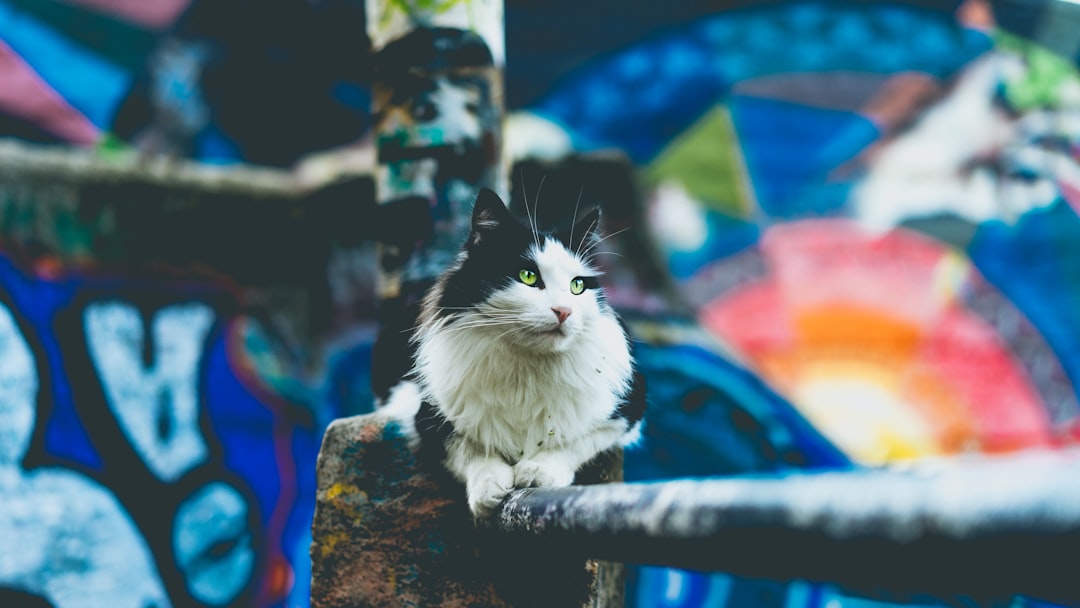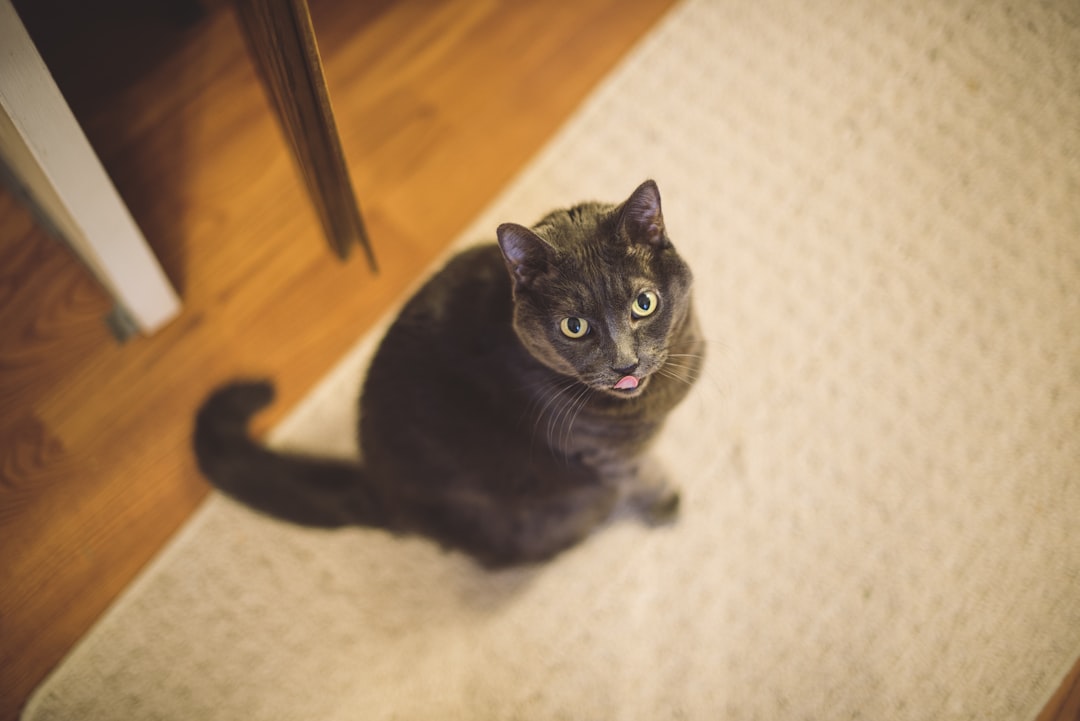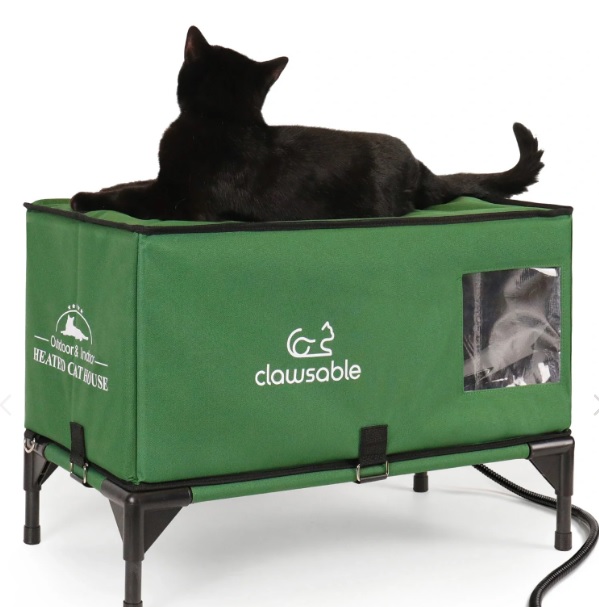Claw caps for cats have emerged as a popular solution for pet owners looking to protect their furniture and ensure their feline friends don’t experience the discomfort of traditional nail trimming. These small, soft caps adhere to cats’ claws, providing an array of benefits while keeping your home intact. In this post, we will explore everything you need to know about claw caps for cats, from their advantages and application methods to addressing common misconceptions. Armed with the right information, you can make an informed decision for your beloved pet’s well-being.
What are Claw Caps for Cats?
Claw caps for cats are small, soft protective covers that fit over a cat’s claws. They serve as an alternative to declawing, offering a humane method to prevent scratching. Here’s what you need to know:
- Material: Typically made from non-toxic vinyl or silicone, claw caps for cats are designed to be flexible yet durable.
- Application: They adhere to the cat’s claw using a safe, veterinary-approved adhesive. This ensures they stay on securely while allowing natural movement.
- Variety: Claw caps come in various colors and sizes, catering to different cat breeds and owners’ preferences.
Key Features of Claw Caps for Cats
| Feature | Description |
|---|---|
| Softness | Gentle on paws, minimizing discomfort |
| Scratching Prevention | Protects furniture and skin from scratches |
| Temporary Solution | Can be easily removed and replaced |
Overall, claw caps for cats provide a practical approach to managing your cat’s natural scratching instinct without resorting to more invasive procedures.
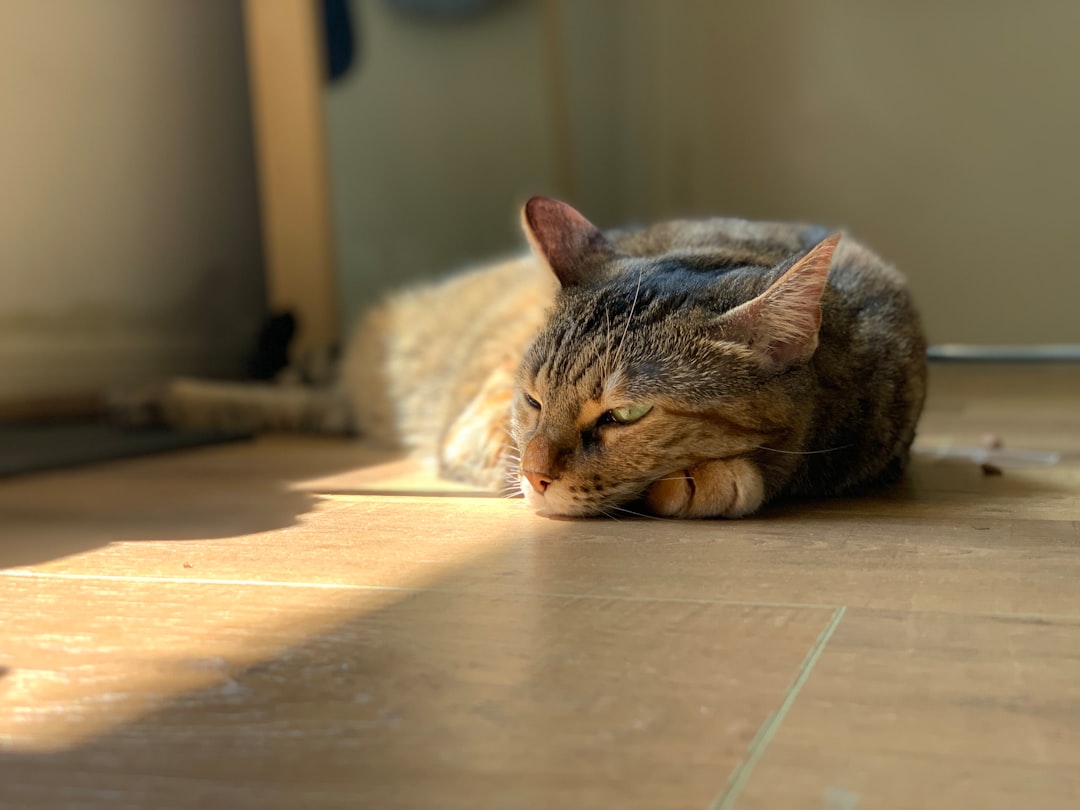
Benefits of Using Claw Caps for Cats
Claw caps for cats offer a number of advantages that make them a popular choice among pet owners. Here are some key benefits:
Protection for Furniture: By covering sharp claws, these caps prevent scratching on furniture, floors, and walls, helping to keep your home intact.
Safe Interactions: Claw caps reduce the risk of injury during playtime or when interacting with human family members, creating a safer environment for everyone.
Comfortable Solution: Made from soft materials, claw caps for cats do not cause discomfort. They simply glide over the natural claws.
Variety in Style: Available in different colors and designs, claw caps allow you to express your cat’s personality while keeping them stylish.
Easy Application and Removal: Applying claw caps is straightforward, making it easy for pet owners to manage their cat’s claws effectively.
These benefits highlight how claw caps for cats can enhance both your cat’s life and your own, making them a valuable pet accessory.
How to Choose the Right Claw Caps for Cats
Selecting the appropriate claw caps for cats can significantly impact your pet’s comfort and usability. Here are essential factors to consider:
- Size: Measure your cat’s claws to ensure a snug fit. Claw caps come in various sizes (S, M, L) to accommodate different breeds.
- Material: Look for soft, flexible materials that won’t irritate your cat’s paws. Common options include vinyl or silicone.
- Color Options: Choose a color that you and your cat will enjoy. Claw caps for cats come in a variety of colors to match your pet’s personality.
- Product Reviews: Check customer feedback to identify effective brands, as some may fit better or last longer than others.
Comparison Table of Claw Caps for Cats
| Feature | Brand A | Brand B | Brand C |
|---|---|---|---|
| Size Range | S, M, L | S, M | M, L |
| Material | Silicone | Vinyl | Rubber |
| Color Variety | 5 Colors | 3 Colors | 6 Colors |
| Average Rating | 4.5/5 | 4.0/5 | 4.8/5 |
By considering these factors, you can confidently choose the right claw caps for cats that best suit your feline friend.
Step-by-Step Guide to Applying Claw Caps
Applying claw caps for cats may seem daunting, but with the right approach, you can do it easily and efficiently. Follow these steps for a successful application:
Gather Supplies:
- Claw caps for cats
- Cat-safe adhesive (often included with the caps)
- Nail clippers (if trimming is needed)
- Treats for positive reinforcement
Prepare Your Cat:
- Calm your cat by holding them gently or having a helper.
- Offer treats to make the experience enjoyable.
Trim the Nails:
- If necessary, carefully trim your cat’s nails to make fitting the claw caps easier.
Apply Adhesive:
- Squeeze a small amount of adhesive into the claw cap.
- Ensure not to overfill; a little goes a long way.
Fit the Claw Cap:
- Gently press the claw cap onto your cat’s nail.
- Hold it in place for a few seconds to ensure it sticks.
Repeat:
- Move on to the next nail and repeat the process until all desired claws have caps.
Reward Your Cat:
- After finishing, give your cat plenty of praise and rewards for their cooperation.
By following this step-by-step guide, you can confidently apply claw caps for cats, providing them with a comfortable and safe option for their claw maintenance.
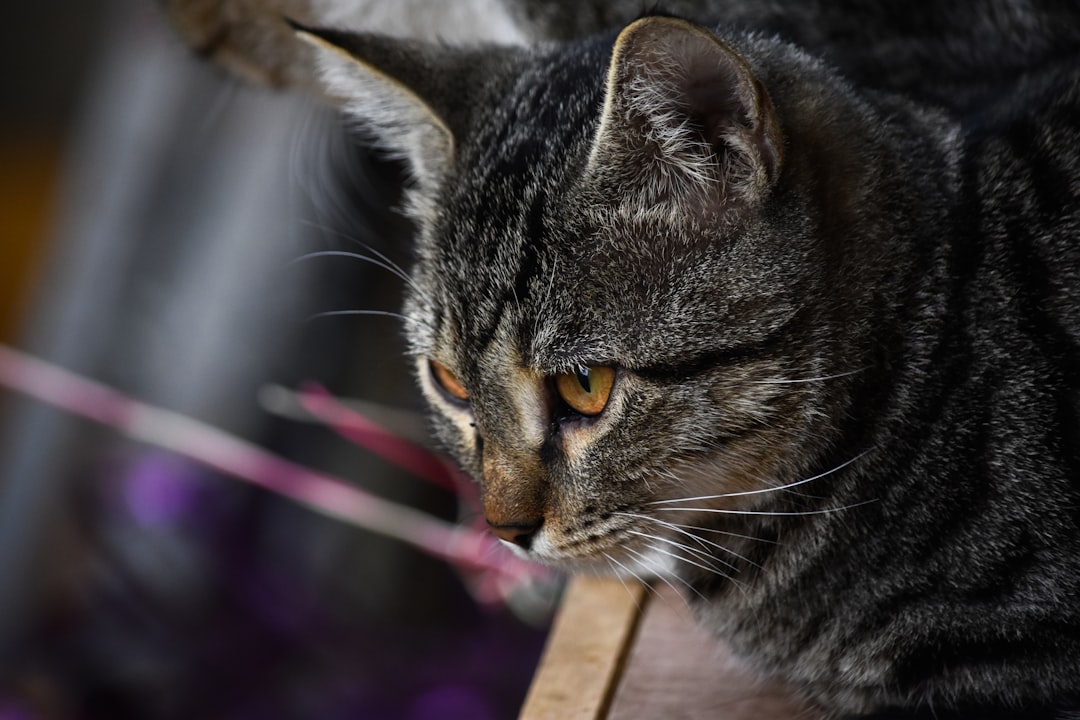
Common Misconceptions about Claw Caps for Cats
Many cat owners harbor misconceptions about claw caps for cats, which can lead to hesitancy in using them. Let’s debunk some of these myths for a clearer understanding:
Myth 1: Claw caps are harmful.
Fact: When applied correctly, claw caps are safe and pose little to no harm to your cat. They simply cover the claws, allowing for a more peaceful coexistence with furniture and family.Myth 2: Claw caps hinder a cat’s natural abilities.
Fact: Claw caps for cats do not interfere with their ability to climb, jump, or play. Cats adjust quickly, maintaining their natural agility while protecting your home.Myth 3: All cats can easily wear claw caps.
Fact: Some cats may require acclimatization or positive reinforcement to accept claw caps. Observation and patience are key in the initial stages.Myth 4: They are only for indoor cats.
Fact: While beneficial indoors, claw caps for cats can also protect the environment outdoors, reducing damage caused by scratching.
Understanding these misconceptions helps empower cat owners to make informed decisions about using claw caps in a way that benefits both their feline friends and their living spaces.
Safety Considerations and Precautions
When using claw caps for cats, ensuring the safety and well-being of your feline friend is essential. Here are crucial safety considerations and precautions to keep in mind:
Choose the Right Size: Selecting the correct size for your cat’s claw caps is vital. An ill-fitting cap can cause discomfort or fall off, leading to potential ingestion. Measure your cat’s claws properly before purchasing.
Quality Materials: Opt for claw caps made from high-quality, non-toxic materials. This reduces the risk of allergic reactions or irritation.
Supervise Application: Always supervise your cat during the application process. Gently restraining your cat and using treats can help alleviate stress.
Monitoring: After applying the claw caps, monitor your cat for any signs of distress or discomfort. If your cat seems lethargic or is excessively grooming its paws, remove the caps immediately.
Regular Checks: Regularly check the claw caps for wear and tear. They should be replaced every 4-6 weeks to prevent any potential issues.
By observing these precautions, you can ensure a safe and comfortable experience for your furry companion while using claw caps for cats.
Maintenance and Replacement of Claw Caps
Proper maintenance of claw caps for cats ensures their effectiveness and your cat’s comfort. Here are some essential tips for keeping them in peak condition:
- Regular Checks: Inspect the claw caps weekly to ensure they remain secure and intact.
- Cleanliness: Wipe the claw caps gently with a damp cloth to remove any dirt or debris. This helps prevent irritation.
- Replacement Schedule: Typically, replace claw caps every 4-6 weeks, depending on your cat’s activity level and the wear on the caps.
Signs It’s Time for Replacement
- Visible Wear: If the claw caps appear chipped or cracked.
- Increased Mobility: If your cat begins to remove the caps on their own.
- Discomfort: If you notice your cat showing signs of distress or discomfort.
Comparison of Replacement Options
| Option | Pros | Cons |
|---|---|---|
| Standard Claw Caps | Cost-effective and easy to apply | May not suit all cats |
| Designer Claw Caps | Variety of colors and patterns | Usually pricier |
Regular maintenance and timely replacement of claw caps for cats not only enhance your cat’s well-being but also safeguard your furniture and belongings.
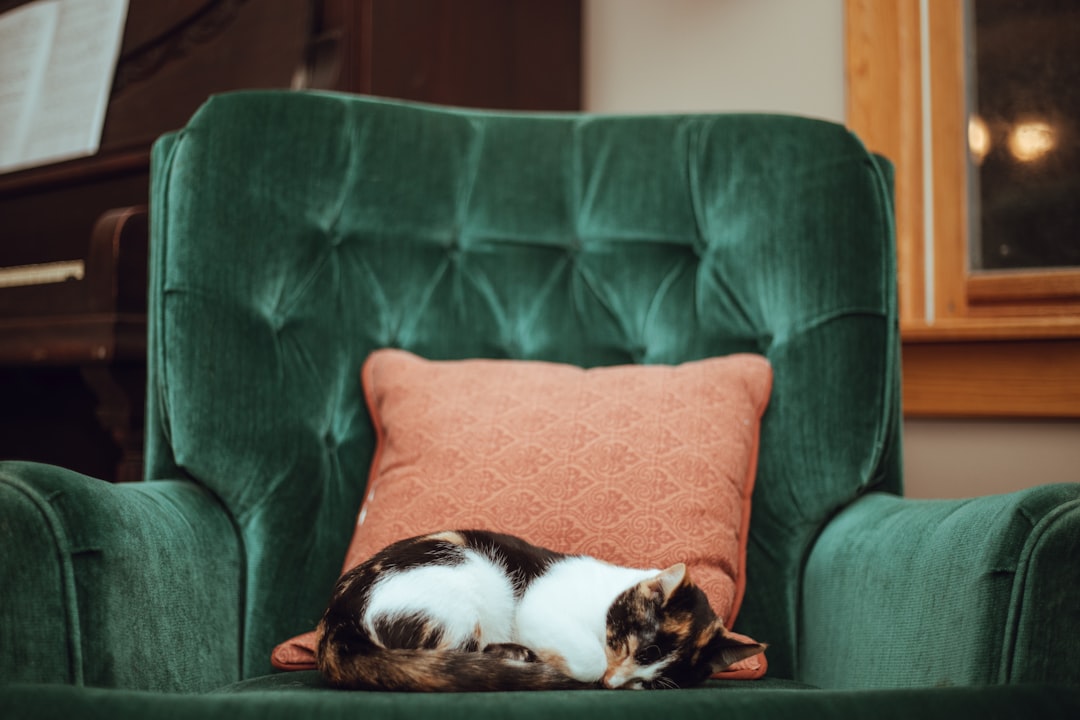
Frequently Asked Questions about Claw Caps
When considering claw caps for cats, you may have various questions. Here are some common inquiries and answers to guide you:
What are claw caps?
Claw caps are small, soft plastic coverings that fit over your cat’s claws, preventing scratching and potential damage to furniture.Are claw caps safe for my cat?
Yes, when applied correctly, claw caps are safe. They are designed to allow your cat to retract its claws naturally without causing discomfort.How long does it take for my cat to get used to claw caps?
Typically, cats adjust within a few hours to a few days. To ease the transition, use treats and positive reinforcement during application.How often do I need to replace claw caps?
Claw caps last approximately 4 to 6 weeks, depending on your cat’s activity level. Regular checks will help determine when they need replacement.Can I use claw caps for outdoor cats?
While claw caps are primarily for indoor use, some outdoor cats can wear them, but ensure they fit correctly to avoid getting caught on objects.
By addressing these frequently asked questions, you can confidently choose the right claw caps for cats and enhance your furry friend’s comfort and safety.
Frequently Asked Questions
What are claw caps for cats and how do they work?
Claw caps for cats are small, soft plastic or vinyl covers that are designed to be placed over a cat’s claws to prevent scratching. They work by dulling the sharpness of the claws without harming the cat. The caps are typically glued onto the claws, and they naturally fall off as the cat’s nails grow, typically lasting several weeks. The goal of claw caps is to reduce scratching of furniture and skin while allowing the cat to engage in natural behaviors.
Are claw caps safe for my cat?
Yes, claw caps are generally considered safe for cats when used correctly. They are made from non-toxic materials and are designed to fit snugly on the cat’s claws without causing discomfort. However, it’s important to monitor your cat after application to ensure they don’t experience any irritation or distress. Consulting with a veterinarian beforehand can also help confirm that claw caps are a suitable option for your specific cat, especially if they have any underlying health conditions.
How do I properly apply claw caps to my cat’s claws?
To apply claw caps, first, gather your supplies which include the claws caps, adhesive, and perhaps some cat treats for positive reinforcement. Gently hold your cat and press its claw to extend it. Apply a small amount of adhesive inside the cap and slide it over the claw, ensuring it fits snugly. Hold for a few seconds to allow the glue to set. It may take some practice, and using treats can help keep your cat calm during the process. Most importantly, take your time and make the experience as stress-free as possible.
How often should I replace claw caps?
Claw caps typically need to be replaced every 4 to 6 weeks, as they will naturally fall off as your cat’s nails grow. Regularly check the condition of the caps and your cat’s nails to determine when it’s time for a replacement. If a cap falls off before the replacement timeframe, it is advisable to take note and replace it to ensure your cat’s claws are still protected. Consistent checks will also help you monitor for any signs of discomfort or injury.

